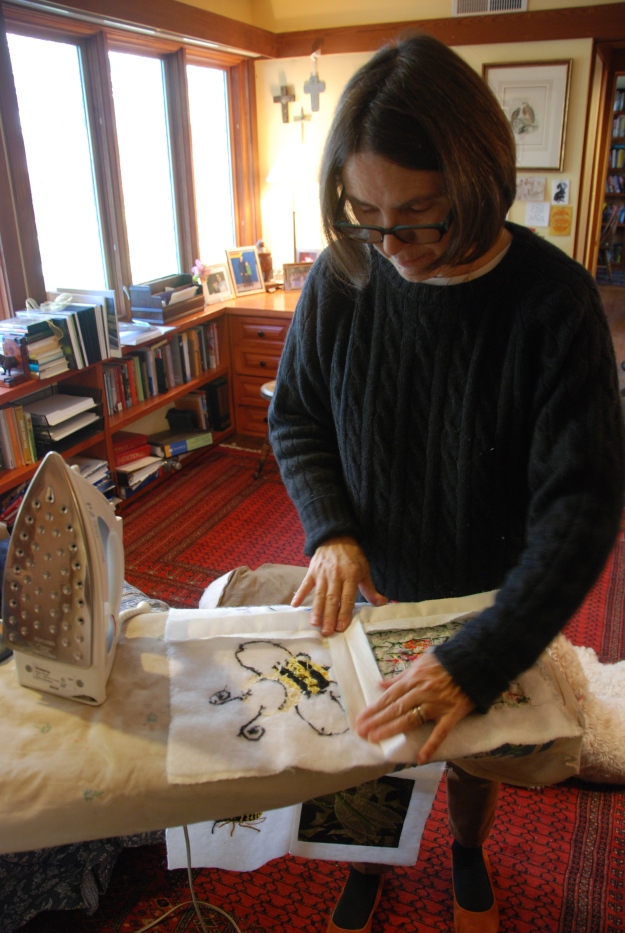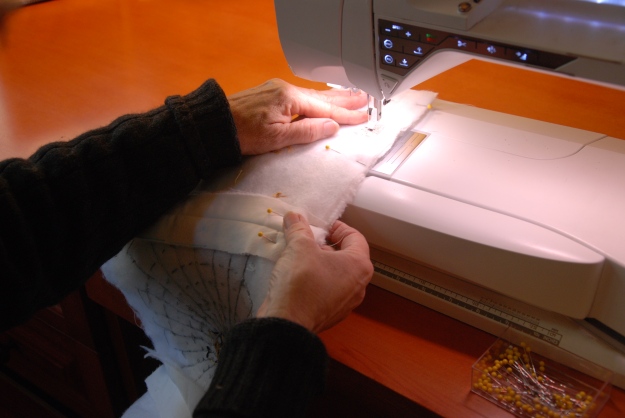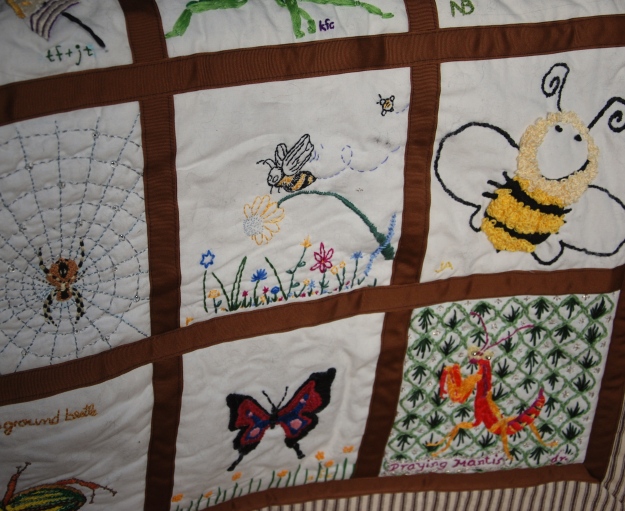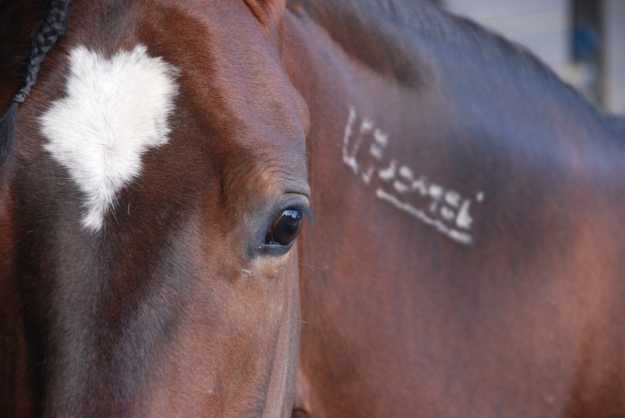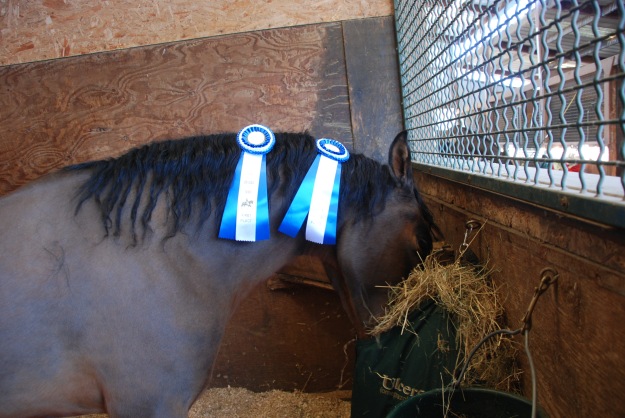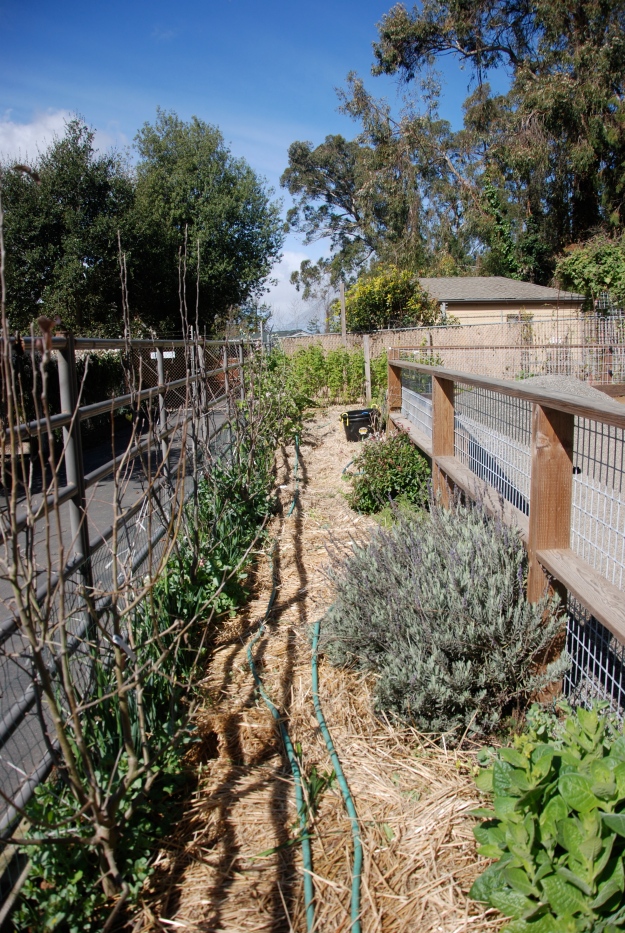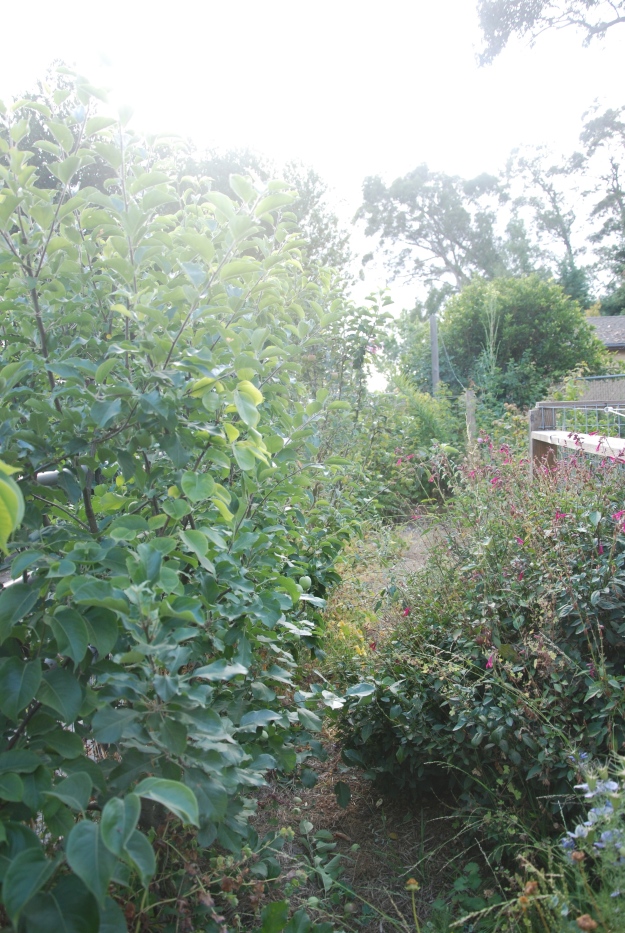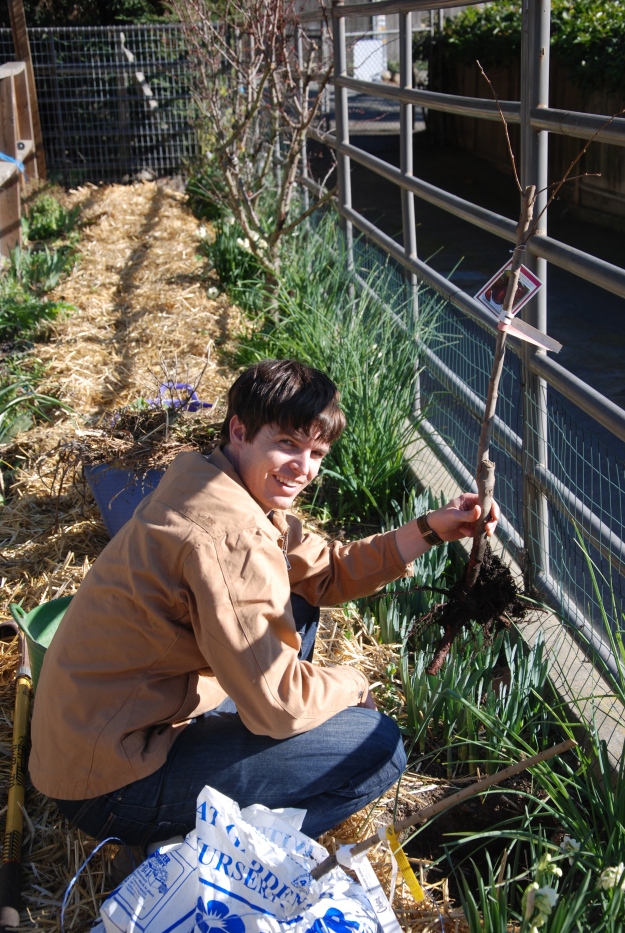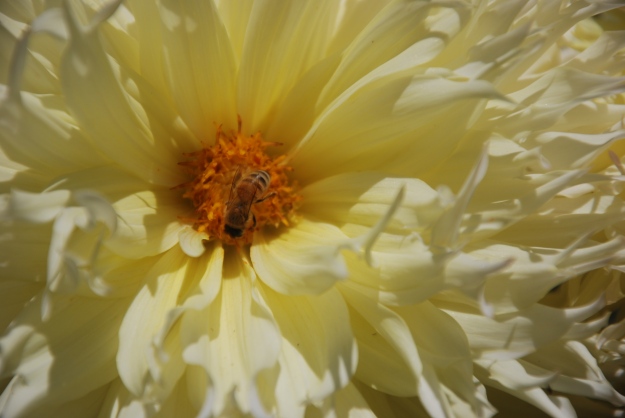I had a guest speaker on natural housekeeping in the new mom’s group I attended after O was born say that she would not put anything on her skin that she couldn’t eat without harm. This made lots of intuitive sense to me and prompted a switch from lotions and cremes to simple organic oils for moisturizing. Recently I’ve also simplified my hair care routine along these lines. Antiperspirant, however, was one potentially toxic chemical I was not willing to part with. I work as a nurse in a hospital setting where I am sometimes very physically close with my patients and/or co-workers and thus have strong feelings about not having body odor. My experiences with natural deodorants in the past have been mixed to bad and I would not consider any of them an option for everyday use. I have only recently reconsidered because I have been out of work on pregnancy related leave. The combo of not wanting to be infusing the unborn babe with aluminum and not having to protect the folks I work with from the possibility of B.O. made me reconsider. I had also read a few accounts of people finding baking soda to be superior to antiperspirant. Hmmm.
With some trepidation, I whipped up this deodorant recipe. Took about 5 minutes.
1/4 cup coconut oil
2 tablespoons corn starch
1 tablespoon + 1 teaspoon baking soda
a few drops of tea tree essential oil and about 10 drops of peppermint essential oil (or whatever you like the smell of)
In the coolish climate of my house coconut oil is solid all the time, so I heated the oil until it softened (I used a small canning jar in the microwave). I mixed the powders and oils in thoroughly. That was it! You do have to apply it with your fingertips. I use about a pea-sized amount in each pit. If I use more and I have just shaved it burns a bit at first. Baking soda is very basic stuff relative to our skin’s pH, not good to over-do it.
After testing in all sorts of sweat inducing situations both B and I have been surprised with the results. It works! For real! Most astonishing- I have to agree that so far it has been better than antiperspirant if I reapply daily. Now I can’t even rely on sniffing my shirts to know when to wash them, they so rarely smell like anything.
I did have to desensitize myself to feeling of sweating a bit outside of exercise induced circumstances without concern. Ever since I was the victim of an antiperspirant/deodorant failure in 7th grade (enough said), I was always sure that any feeling of sweating in my day to day life was just the prelude to horribly offensive body odor. Deodorant that can heal the scars of 7th grade! True success!





